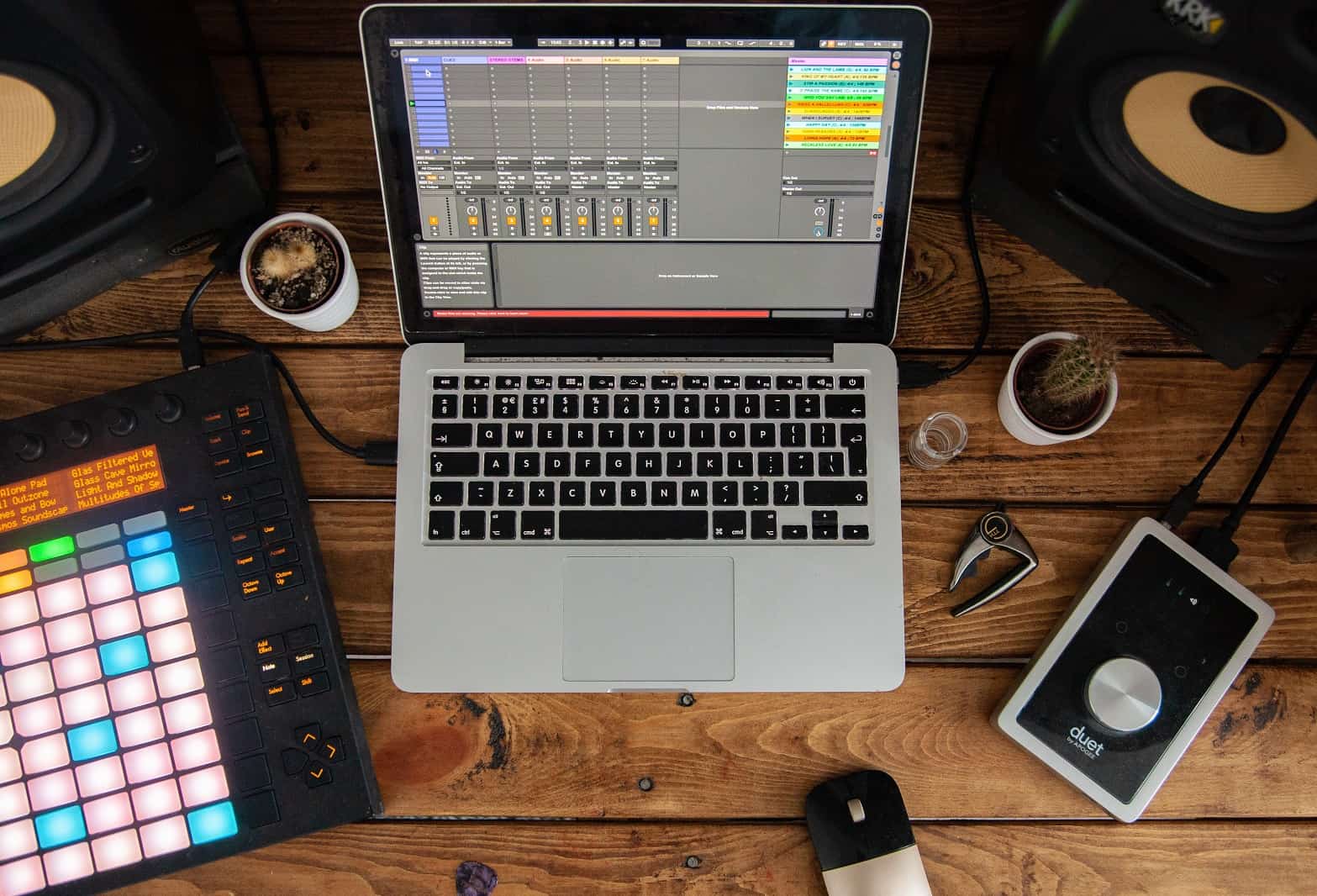

Ableton's development from 2001 to 2021
Ableton has been developing one of the most powerful and user-friendly music production software out there. Ableton’s main goal since 2001 was to combine music production together with live performances. A lot of enhancements have been made since its inception, such as the workflow, stock plugins, and its functionality. Recently a Youtube video by Julian Grey came out taking the viewers down memory lane of Ableton’s development from 2001 to 2021.
In his video, you’ll see what has changed and what remained the same such as the session/arrangement view and the stock plugins. Ableton’s layout has remained quite the same, as the features such as play/pause buttons got a new look but stayed in the same place. The main color of its interface changed to a more user-friendly look, as well as the introduction and enhancements of its stock plugins. Ableton’s major addition to its software is Max for Live (introduced in 2010). Every Ableton Live user will be surprised how so much has changed until now, making this a revolutionary DAW since its first release.
| Best House & Techno Sample Packs – Click here to checkout
Ableton over the years:
Live 1: Ableton Live 1 was mainly used as a live performance tool to record every instrument within the DAW. The early version of time-stretching was incorporated to match the recorded audio with the chosen BPM. The only major difference between Live 1 and Live 11 is the absence of MIDI clips. That’s why Ableton Live 1 wasn’t much popular in the music production industry.
Live 2: Multitrack recording and the tap tempo were introduced in the 2nd version of Ableton Live, as well as the ability to save and recall presets. Stock plugins such as Simple Delay, Redux, Vinyl Distortion, and Reverb already could be used as an effect on your recordings. Impressive how little the plugins have changed throughout 11 years.
Live 3: Individual clip envelopes, MIDI mappings, the EQ 3, Resonator plugin, and the utility plugin were introduced in Live 3.
Live 4: This version of Ableton Live contained the biggest update until now. Live 4 introduced MIDI support, built-in software instruments such as Impulse, Simpler, and Operator, follow actions, and much more. Its interface started to take shape by combining live performance together with professional music production.
Live 5: Live 5 added MP3 support, the Phaser and Flanger plugins, bounce-in-place feature (freezing tracks), and the MIDI Arpeggiator.
Live 6: Ableton’s implementation of playback and editing video’s made Ableton a complete DAW, covering live performance, music production, and video editing. The addition of 4 more EQ bands within EQ 4 improved the audio quality because you’ll be able to use fewer EQs to achieve the same result.
Live 7: This was the first time Ableton introduced multiple versions with the introduction of the Suite version. They implemented more samples, effects, and instruments with the emphasis of Drumrack. This revolutionary sampler contained up to 122 slots where you can trigger a sample for every MIDI note.
Live 8: As Ableton went through its make-over, until now, there hasn’t changed much. The warp algorithms are improved, fades on audio clips, the introduction of Frequency Shifter, Multi-Band Dynamics, Overdrive, and the Vocoder, and the addition of groove pool.
Live 9: 1 year after the release of Live 8 they implemented Max for Live into Ableton. Developers could build their own plugins and share them with the rest of the world. Live 9 changed its layout to the version as we all know it. Ableton implemented the Audio-to-MIDI feature, which converts drums, melodies, and vocal harmonies into MIDI. Until today, this feature isn’t completely reliable. Ableton released their first hardware controller called the Ableton Push, which made it possible to improve your workflow.
Live 10: The scaling on higher and lower resolutions improved a lot within the software. Ableton introduced the new wavetable plugin, drum buss, echo, delay, as well as the capture feature to recall MIDI that was played before recording. Another big improvement was the groups-in-groups feature, where you could fold instruments into a group within another group.
Live 11: Ableton Live 11 was released on February 23rd, 2021. This version implemented a complete vocal comping feature to record in different takes and select the best part of your recordings. You can link tracks for synced editing, selecting multiple clips at once. New instruments and effects are added such as the hybrid reverb, spectral resonator, spectral time, pitch loop, and bouncy notes. The follow feature will track your BPM while playing. This way Ableton becomes a part of your band. Last but not least, Ableton added a lot of new sample packs to incorporate into your newest production. You can find more info about the Live 11 Version here.
| The Best Vocal Samples – Check Out
Check the video down below to see every version of Ableton Live in action:
Read next: Best Saturation VST Plugins in 2021 for Music Producers
Photo by Duncan Kidd on Unsplash


- Arodes cover Interview
- Armin van Buuren: Breathing In [Exclusive Interview]
- Ibiza 2024: What To Expect
- Burak Yeter: A Day In Space [Exclusive]

